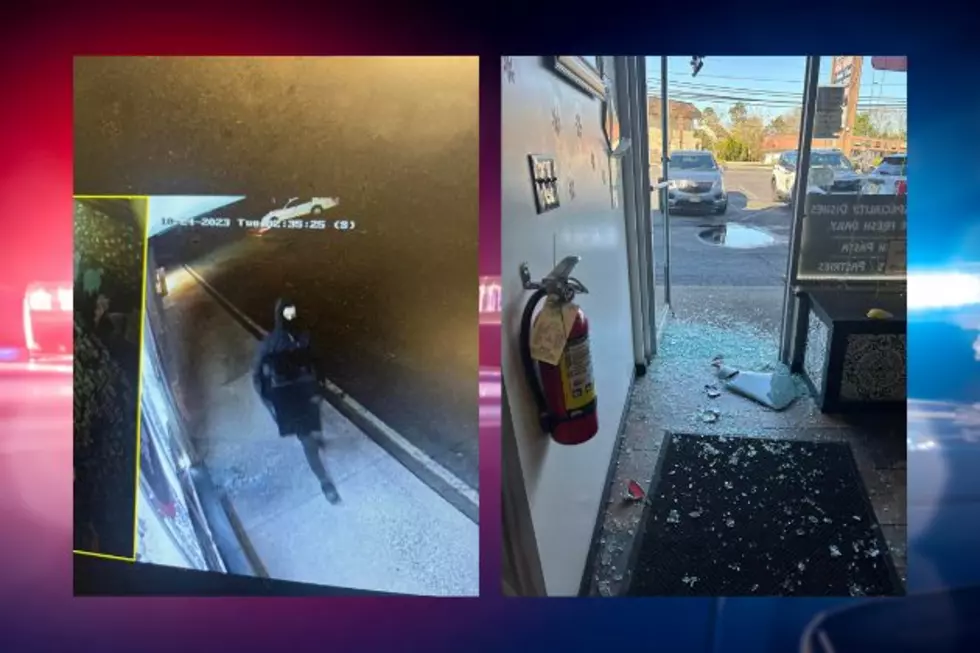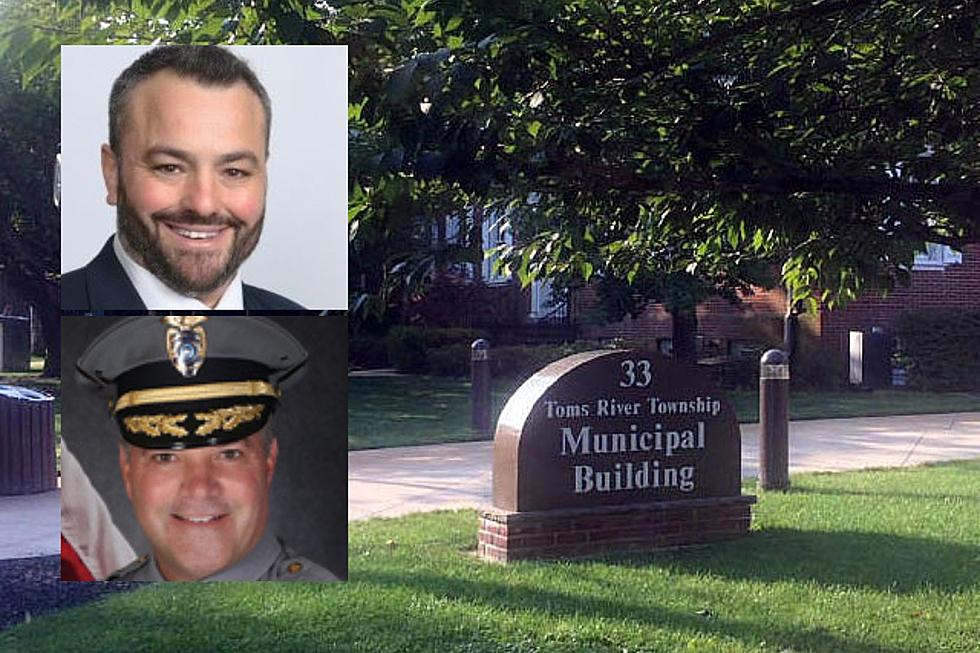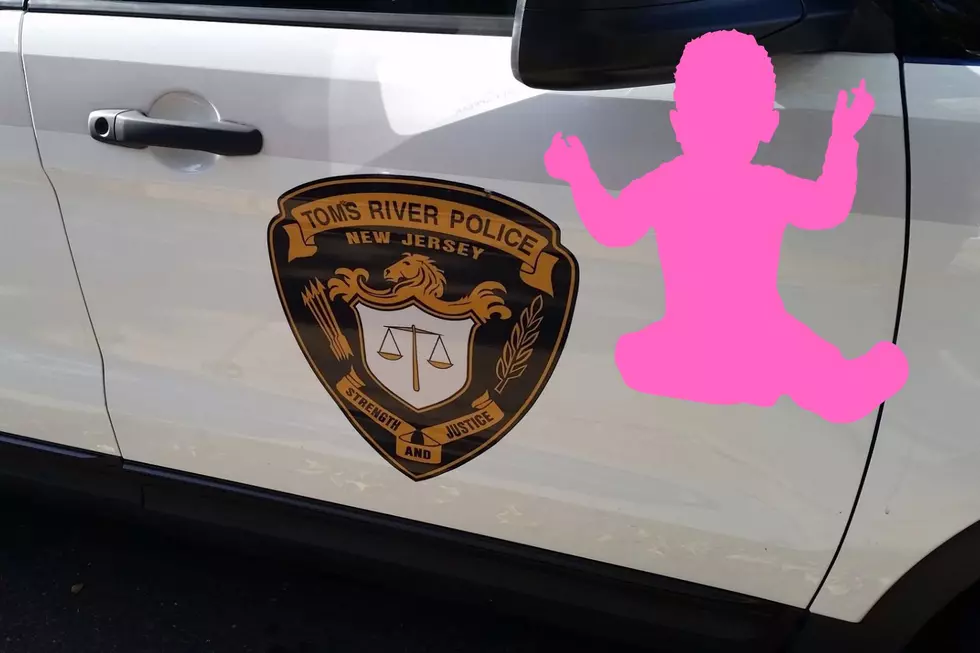
Mantoloking closer to dune project as state eyes holdouts
The Jersey shore town hardest hit by Superstorm Sandy is closer to getting protective sand dunes that many of its oceanfront homeowners didn't want.
Of those 128 oceanfront homes, Mantoloking has completed property assessments for the last 10 holdouts who won't sign easements for the work to begin. The state plans to launch eminent domain proceedings if they still refuse.
Mayor George Nebel said the borough has completed surveys and appraisals for the remaining properties whose owners haven't signed yet. He said the state Department of Environmental Protection will review them over the next two weeks before its eminent domain attorney presents financial offers to them for the right to carry out the dune project on part of their land.
The state can then move in court to seize the property and pay compensation if the owners don't sign.
Virtually all the 521 homes that existed in Mantoloking before Sandy were damaged or destroyed by the Oct. 2012 storm.
Yet even that wasn't enough to convince some homeowners of the value of protective dunes. Some fear the loss of oceanfront views, others object to government taking private property for a public purpose, and some say they fear that a boardwalk, amusements rides and public restrooms will be built near their homes. (The state says it has no such plans.)
After threatening to go to court for nearly three years, the state recently stepped up its legal efforts to seize land needed for the dune project through eminent domain filings in Ocean City, Long Beach Island and Margate.
"In the next 30 to 45 days we will be filing dozens more complaints for eminent domain," said DEP Commissioner Bob Martin. "We'll be going for properties in Mantoloking and Brick as well."
Statewide, 239 easements remain for the beach work, with the largest concentration in northern Ocean County.
Mantoloking, like many other shore towns, also suffered severe erosion from the recent nor'easter that ate away virtually all of its beaches. That sand, in front of a steel sea wall built as a last resort to protect homes and a state highway behind it, washed away during the storm, which environmentalists had warned would happen.
The resulting erosion left drop-offs of as much as 15 feet from the beach to the surf below, and Mantoloking has closed its beaches to the public until further notice due to the risk of injury from people falling off the newly created cliffs. The drop-off has receded to 5 to 8 feet in some spots but is still considered hazardous.
(Copyright 2015 The Associated Press. All rights reserved. This material may not be published, broadcast, rewritten or redistributed.)
More From New Jersey 101.5 FM









